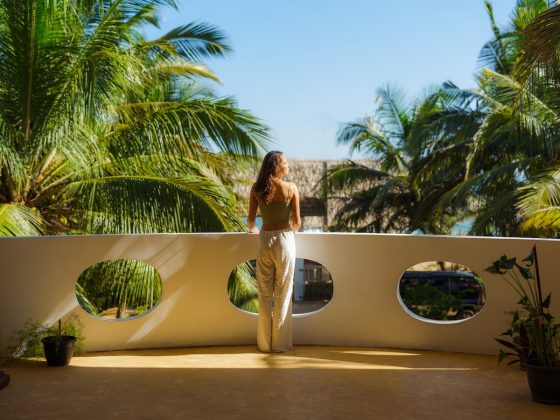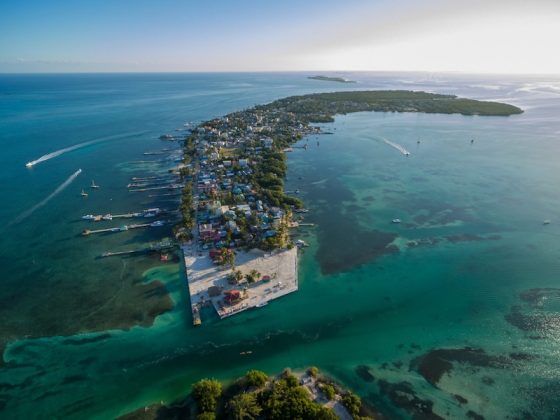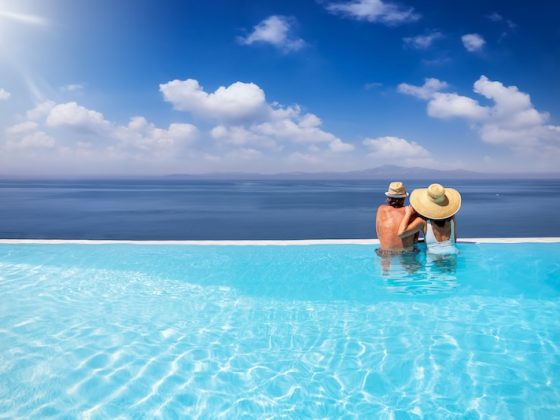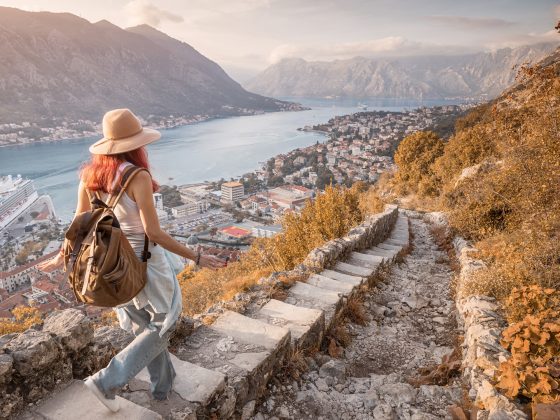The humble Guava or Guayaba fruit is a remarkable plant. This green or yellow coloured fruit is a storehouse of vitamin A.B and C as well as a large variety of antioxidants. There are actually three common forms in Colombia, the Guava Pera (pear) which has a yellowish skin and pinkish flesh, the Guava Manazana (apple) and the Guava which is a round red or yellow fruit about the size of a cherry.
The Guava plants are part of the myrtle family (Myrtaceae) genus Psidium (in Latin this means pomegranate) in Latin), and in actual fact there are about 100 species of tropical shrubs and trees. They were native to Mexico, Central and northern South America but now are cultivated around the world but are now cultivated and naturalized throughout the tropics and subtropics in Southeast Asia, the Caribbean, Florida and Africa.
The plant has tough dark leaves that are elliptical to ovate and vary in length from 5 to 15 cm. It has white flowers with 5 petals. The tree is readily identifiable as it has a smooth, thin, copper toned bark that easily flakes off.
The fruit can be eaten fresh (although it has numerous small, hard white seeds), made into fruits ice cream, jams and compotes.
This plant grows wild in the jungle but has been cultivated for several thousand years in Peru. All parts of the plants, leaves, bark and fruit have been and are used for medicinal purposes.Often native or home remedies may or may not have had scientific documentation and as a result the purported uses are anecdotal. Below are two links and a abstract summary from scientific studies done with the guava fruit.
Psidium Guajava (Guava): A Plant of Multipurpose Medicinal Applications
https://www.sciencedirect.com/science/article/pii/S0378874108000536 = Journal of Ethnopharmacology – Volume 117 – Issue 1, April 17, 2008 – Psidium Guajava: A review of its traditional uses, phytochemistry and pharmacology.
Abstract from Psidium Guajava (Guava): A Plant of Multipurpose Medicinal Applications.
http://omicsgroup.org/journals/psidium-guajava-guava-a-plant-of-multipurpose-medicinal-applications-2167-0412.1000104.php?aid=6652
” Psidium guajava is a small medicinal tree that is native to South America and Brazil is among the world’s top producers and most of the country’s production is destined for the food industry. It is popularly known as guava and has been used traditionally as a medicinal plant throughout the world for a number of ailments. The aim of this review is to present some chemical compounds in P. guajava and their pharmacological effects. The main constituents of guava leaves are phenolic compounds, isoflavonoids, gallic acid, catechin, epicathechin, rutin, naringenin, kaempferol. The pulp is rich in ascorbic acid, carotenoids (lycopene, β-carotene and β-cryptoxanthin). The seeds, skin and barks possess glycosids, carotenoids and phenolic compounds. All parts of the plant have been used for different purposes: hepatoprotection, antioxidant, anti-inflammatory, antispasmodic, anti-cancer, antimicrobial, anti-hyperglycemic, analgesic, endothelial progenitor cells, anti-stomachache and anti-diarrhea. P. guajava has many effects on health and that it should be researched more extensively in clinical trials. Furthermore leaves, seeds and peel are treated as wastes by the food processing industry and are discarded, so their use may reduce the disposal of these parts of guava as pollutants.”
In other randomized human studies, guava fruit consumed for 12 weeks decreased triglycerides by almost 8%, increased HDL by 8%, decreased total cholesterol by 9% and reduced blood pressure by an average of 8 points.
In layman´s terms – it has been used to stop diarrhea, kill bacteria, kill fungi, kill amoebas, relieve pain, fight free radicals, reduce spasms and support heart function. Additionally it would seem that it can lower blood pressure, reduce blood sugar, constrict blood vessels and promotes menstruation. These treatments are often administered through a decoction of leaves – 1 cup, 1 to 3 times per day
The indigenous people have also used it for sore throats, vomiting, bleeding gums and mouth sores. A decoction of the bark and or the leaves or a flower infusion is used for wounds, ulcers and skin sores.
The guava is rich in carotenoids ,essential oils, fatty acids, fiber, flavonoids, lectins, pectin, phenols, saponins and vitamins. In fact the humble guava has almost 4 times the amount of vitamin C that an equivalent size orange has and has substantial amounts of Vitamin A as well.
It is important to note, that even though we are listing supposed medicinal properties, do not overuse any fruit. Additionally it is important to consult with your physician and or nutritionist as to how you can integrate them into your diet.
Contact Author
"*" indicates required fields
Stay Ahead on Every Adventure!
Stay updated with the World News on Escape Artist. Get all the travel news, international destinations, expat living, moving abroad, Lifestyle Tips, and digital nomad opportunities. Your next journey starts here—don’t miss a moment! Subscribe Now!








